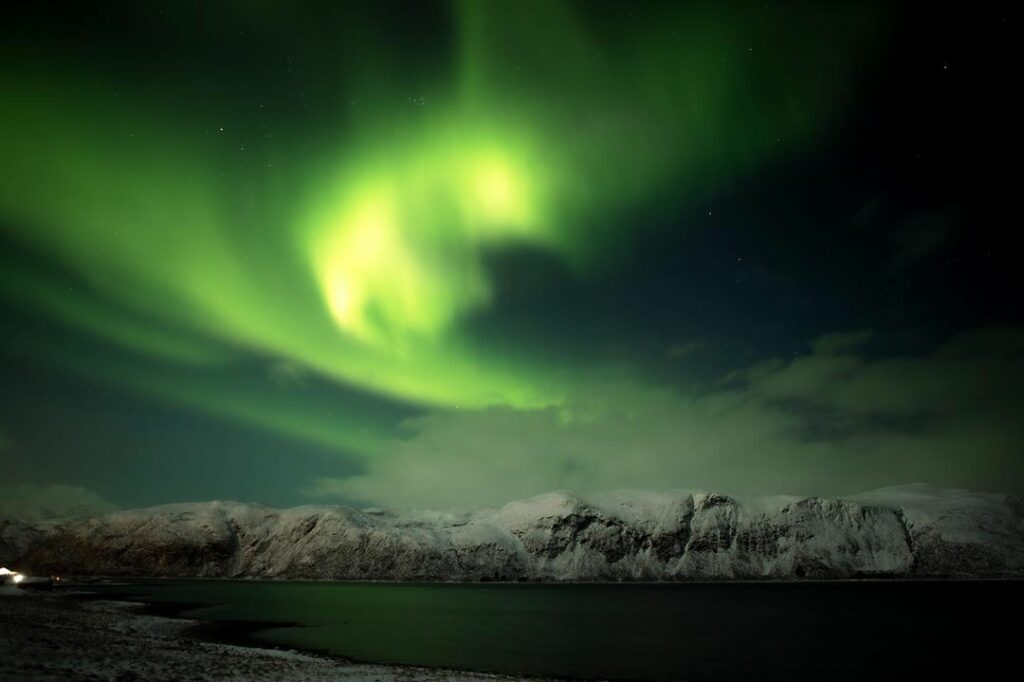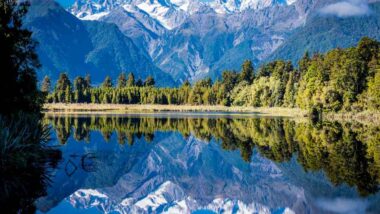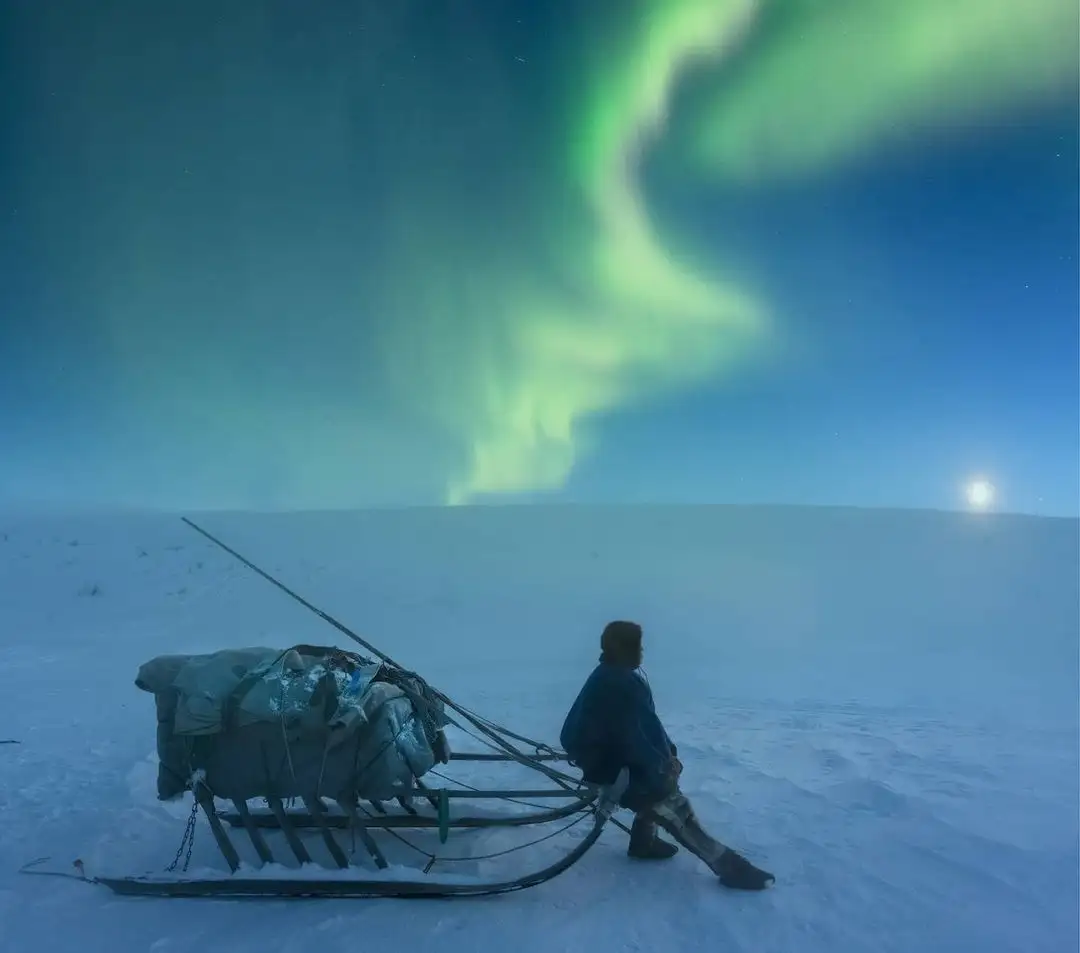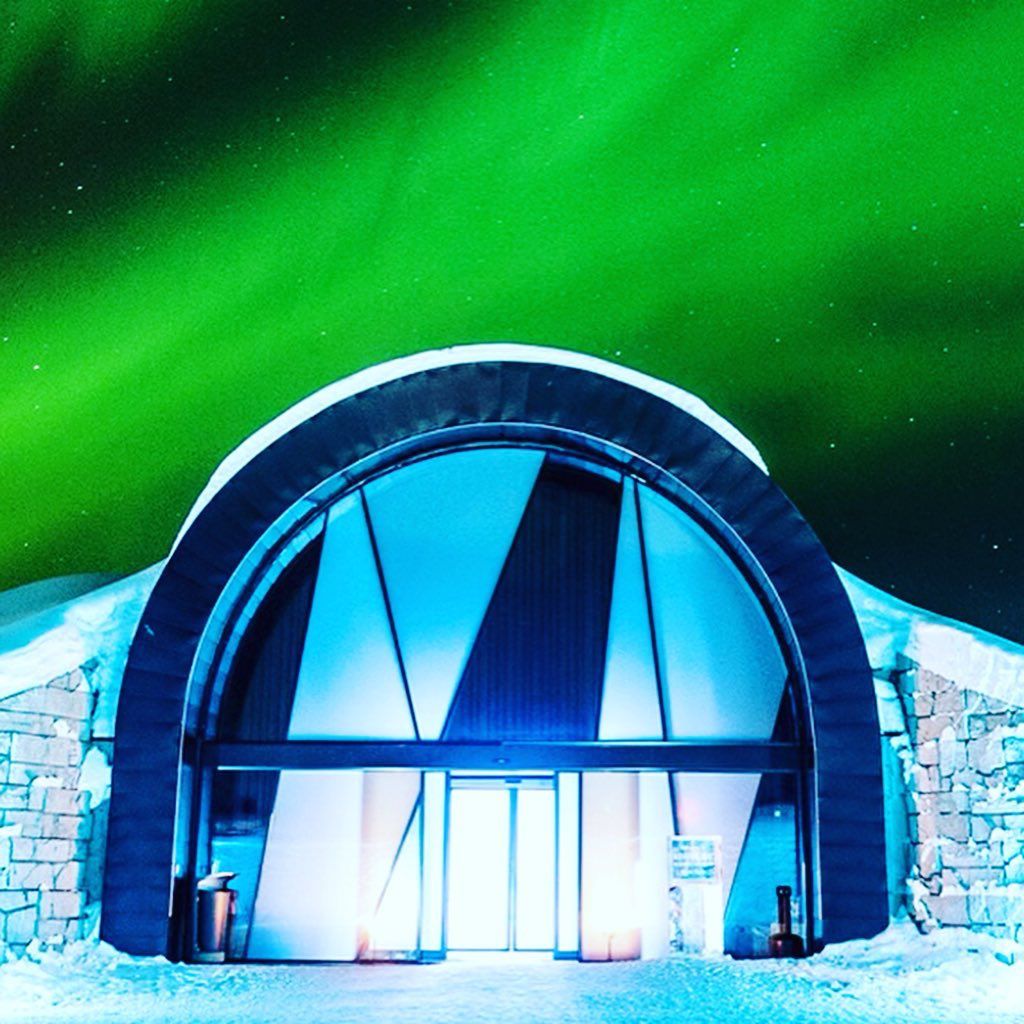What is the Best Month to See the Northern Lights and Why?

Are you eager to witness the mesmerizing dance of vibrant colors across the night sky? The Northern Lights, also known as Aurora Borealis, offer a spellbinding spectacle that captures the imagination of travelers worldwide.
But when is the best time to experience this awe-inspiring natural wonder? In this article, we will explore the best month to see the Northern Lights and delve into the reasons behind it. Discover the perfect window of opportunity to witness nature’s captivating light show firsthand.
Understanding the Northern Lights
Before diving into the best time to witness the Northern Lights, it’s essential to understand what causes this enchanting phenomenon. The Northern Lights occur when solar particles collide with atmospheric gases, creating vibrant colors in the sky. These collisions emit light at different wavelengths, resulting in a mesmerizing dance of green, pink, purple, and blue hues.
Factors Influencing Northern Lights Visibility
Several factors influence the visibility of the Northern Lights. By considering these factors, you can increase your chances of experiencing this awe-inspiring natural wonder.
Solar Activity
Solar activity plays a vital role in determining the visibility of the Northern Lights. The sun goes through periods of high and low activity, known as the solar cycle. During the peak of the solar cycle, the chances of observing the Northern Lights are higher. Solar activity is measured using sunspot numbers, and higher numbers indicate increased solar activity, thus enhancing the likelihood of witnessing the Aurora Borealis.
Geomagnetic Activity
Geomagnetic activity, specifically the strength and direction of the Earth’s magnetic field, significantly impacts the visibility of the Northern Lights. Geomagnetic storms, caused by disturbances in the Earth’s magnetosphere, intensify the display of the Aurora Borealis. The Kp index, which ranges from 0 to 9, is commonly used to measure geomagnetic activity. Higher Kp values indicate stronger geomagnetic storms and better chances of experiencing the Northern Lights.
Weather Conditions
While solar and geomagnetic activity are crucial, weather conditions also play a role in Northern Lights visibility. Clear skies with minimal cloud cover are ideal for observing the Aurora Borealis. It’s important to choose a location with favorable weather patterns and minimal light pollution for an optimal viewing experience.
Best Months for Northern Lights Viewing
The best months for Northern Lights viewing are typical during the colder months of the year when nights are longer and darker. Here are the months known for their favorable conditions to witness this awe-inspiring natural phenomenon:
October
October marks the beginning of the Northern Lights season, and although the nights are not as long as in the winter months, the chances of seeing the Aurora Borealis are still promising. The weather is generally favorable in regions close to the Arctic Circle, providing excellent viewing opportunities.
November
November offers increased darkness and longer nights, making it an excellent month for Northern Lights viewing. The combination of longer nights and potentially higher solar and geomagnetic activity enhances the chances of witnessing a vibrant display of lights.
December
December is an ideal month for Northern Lights enthusiasts due to the extended darkness and colder temperatures. The holiday season also offers a unique opportunity to experience the Northern Lights in a festive atmosphere.
January
January is considered one of the best months to see the Northern Lights. With long nights and higher chances of solar and geomagnetic activity, you have an excellent opportunity to witness a truly captivating display.
February
February continues to provide favorable conditions for observing the Northern Lights. The longer nights, along with the potential for increased solar and geomagnetic activity, make it an optimal time to plan a trip to see this extraordinary natural phenomenon.
March
March is another fantastic month to witness the Northern Lights. As the winter season transitions into spring, you can still experience the beauty of the Aurora Borealis. The longer days allow for extended viewing opportunities, and the weather begins to mellow, making it a comfortable time to explore the Arctic regions.
Ideal Locations for Northern Lights Viewing
While the best months are important, choosing the right location is equally crucial for a memorable Northern Lights experience. Here are some popular destinations known for their incredible Aurora displays:
| Destination | Country |
| Iceland | Iceland |
| Norway | Norway |
| Finland | Finland |
| Sweden | Sweden |
| Alaska | United States |
| Greenland | Greenland |
| Canada | Canada |
| Fairbanks | United States |
| Scotland | Scotland |
| Reykjavík | Iceland |
| Tromsø | Norway |
| Russia | Russia |
| Svalbard | Svalbard |
| Lapland | Lapland |
| Yellowknife | Canada |
| Yukon | Canada |
| Rovaniemi | Finland |
| Abisko | Sweden |
| Tromsø | Norway |
| Europe | Europe |
| Denmark | Denmark |
| Kakslauttanen Arctic Resort East Village | Finland |
| Churchill | Canada |
| Ilulissat | Greenland |
These locations offer stunning natural landscapes, minimal light pollution, and a higher probability of witnessing the Northern Lights.
Tips for Observing the Northern Lights
To make the most of your Northern Lights adventure, consider the following tips:
- Research and plan your trip during the best months for Northern Lights viewing.
- Check the weather forecast and choose a location with clear skies.
- Find a dark spot away from city lights to minimize light pollution.
- Be patient and allow yourself enough time to witness the lights as they can appear and disappear unpredictably.
- Dress warmly in layers to stay comfortable during long periods spent outdoors.
Conclusion
Witnessing the Northern Lights is an awe-inspiring experience that leaves a lasting impression. By choosing the right month and location, you can greatly enhance your chances of observing this natural wonder. October through March offers the best opportunities to see the Northern Lights, with each month presenting its unique advantages.
Remember to plan ahead, check solar and geomagnetic activity, and select a location with favorable weather conditions for an unforgettable journey into the enchanting world of the Aurora Borealis.
How much did you like Our detailedInsider What is the Best Month to See the Northern Lights and Why?? Review Also, please share these Blogs with your friends on social media.
Related Post:-

Meet David Hoper, a passionate travel Blog writer with 7+ years of experience in travel content. Through his exemplary storytelling and engaging narratives, he shares his experiences and brings destinations to life. With a keen eye for detail and a love for exploration, he has cultivated a diverse portfolio of travel blogs that inspire and inform readers worldwide.









